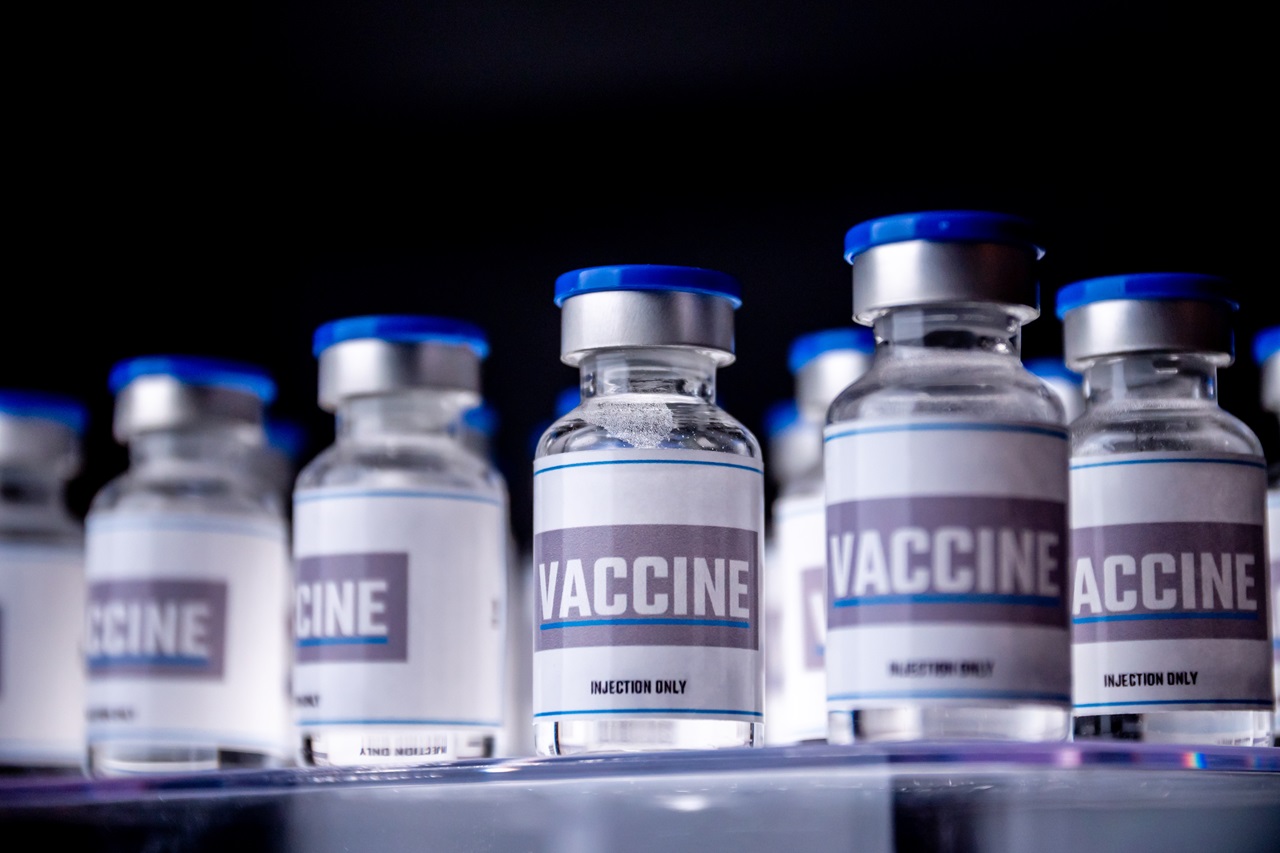In the healthcare sector, the safe storage and handling of medications and vaccines are paramount, as even slight deviations in temperature can compromise their effectiveness and safety. Recognized as crucial components in patient care, the integrity of these pharmaceuticals must be rigorously maintained from manufacture to administration. Automated temperature management systems, like those offered by Qualified Controls, are at the forefront of ensuring these critical standards are met. Utilizing innovative, next-generation, real-time monitoring technology, these systems provide comprehensive solutions that record and manage temperature and other crucial physical parameters.
This article delves into how automated temperature management is revolutionizing the approach to medication and vaccine safety, ensuring that healthcare providers can deliver high standards of patient care with confidence and precision.
The Critical Role of Temperature in Medication and Vaccine Efficacy
Medications and vaccines are often highly sensitive to temperature changes, which can alter their chemical structure, reduce their potency, or even render them unsafe. Manufacturers typically specify strict storage conditions — known as the cold chain — which must be maintained from production to patient to ensure product integrity. For example, many vaccines need to be stored at temperatures between 2°C and 8°C, and certain biologics require freezing conditions that do not deviate. Automated temperature management systems play a critical role in maintaining these conditions, offering precise control and continuous monitoring to ensure that these sensitive products remain within their required temperature ranges throughout their lifecycle.
Automated Temperature Management Technologies
Advanced technologies in automated temperature management utilize a variety of tools and systems to maintain the necessary conditions for medication and vaccine storage:
1. Smart Sensors and IoT Devices: These devices provide real-time monitoring of temperatures across storage facilities. They are outfitted with IoT capabilities, allowing them to send instantaneous data to centralized systems that log and analyze the information.
2. Wireless Data Logging: Wireless loggers provide continuous, real-time temperature readings and transmit this data to a cloud-based system. This allows for remote monitoring by pharmacists and healthcare providers, ensuring they can react quickly if temperatures deviate from the set norms.
3. Automated Alerts: If temperatures fall outside of specified limits, these systems can trigger automatic alerts. Notifications can be sent via SMS, email, or direct to monitoring dashboards, ensuring immediate action can be taken to rectify the situation before any product degradation occurs.
Integration with Existing Healthcare Systems
Implementing automated temperature management must not disrupt existing operations. Therefore, integration with current healthcare systems is designed to be seamless:
1. Compatibility with Standard Equipment: Modern temperature management solutions are compatible with standard pharmaceutical refrigerators, freezers, and transportation units, ensuring they can bolster existing setups without the need for complete overhauls.
2. Flexible System Architecture: With modular designs, these systems can be customized to fit different sizes and types of facilities, from local pharmacies to large hospital storage areas. This flexibility also allows for scaling as facilities grow or as storage needs change.
3. Regulatory Compliance: These systems help ensure compliance with stringent health regulations such as those imposed by the FDA or CDC. By providing accurate logs and data histories, automated systems facilitate audits and inspections, simplifying compliance and documentation processes.
Optimizing Logistics and Supply Chain Management
ATM systems not only safeguard products but also enhance the efficiency and reliability of the entire supply chain.
1. Improved Inventory Management: By maintaining optimal conditions, these systems reduce wastage due to spoilage. Real-time data insights help manage stock levels more efficiently, ensuring that overstocking or understocking issues are minimized.
2. Enhanced Distribution Protocols: With robust data on hand, supply chain managers can optimize distribution routes and protocols, minimizing the time-sensitive medications and vaccines spend in transit. If disruptions occur, like power outages or equipment failures, managers can reroute products more effectively to maintain safety.
3. Geofencing and Advanced Tracking: Some advanced systems incorporate GPS and geofencing technologies, providing alerts if transport vehicles deviate from prescribed routes or if shipments exit specified temperature ranges during transit.
Future Trends in Automated Temperature Management
As technology advances, the future of automated temperature management in healthcare is poised for significant evolution:
1. AI and Machine Learning: Leveraging artificial intelligence and machine learning can further enhance predictive analysis, potentially forecasting and mitigating risks before they impact product integrity. This could involve predicting equipment failures or optimizing energy use based on usage patterns.
2. Blockchain for Greater Transparency: Implementing blockchain technology could provide an immutable record of temperature and handling data, ensuring all stakeholders in the supply chain have access to transparent and tamper-proof information.
3. Integration with Patient Care: Future developments may link temperature management systems directly with patient care records, ensuring that administered medications and vaccines are logged with their storage histories. This could provide valuable data for tracking efficacy and outcomes, particularly in clinical settings.
Automated temperature management systems represent a critical investment for healthcare providers, pharmacies, and anyone involved in the distribution of medications and vaccines. By utilizing cutting-edge technologies from companies like Qualified Controls, these stakeholders ensure that they can meet the highest standards of patient safety and care without interruption. As these systems become smarter and more interconnected, the potential for saving lives and improving health outcomes increases dramatically, making this one of the most essential components of modern medical logistics.
Ensure Uncompromised Safety and Effectiveness in Healthcare
The integration of automated temperature management systems is not just an operational enhancement but a critical component in ensuring the safety and efficacy of medications and vaccines. As healthcare continues to advance, the reliance on precise and reliable technology like that provided by Qualified Controls becomes increasingly vital. By adopting our state-of-the-art temperature monitoring solutions, healthcare providers can safeguard against potential risks, thereby maintaining the highest standards of patient care and regulatory compliance.
Don’t let temperature variability threaten patient safety. Partner with Qualified Controls to embrace the future of healthcare with cutting-edge monitoring technology that secures and optimizes your pharmaceutical care practices.
Visit Qualified Controls today to explore how our automated temperature monitoring systems can transform your healthcare delivery.



